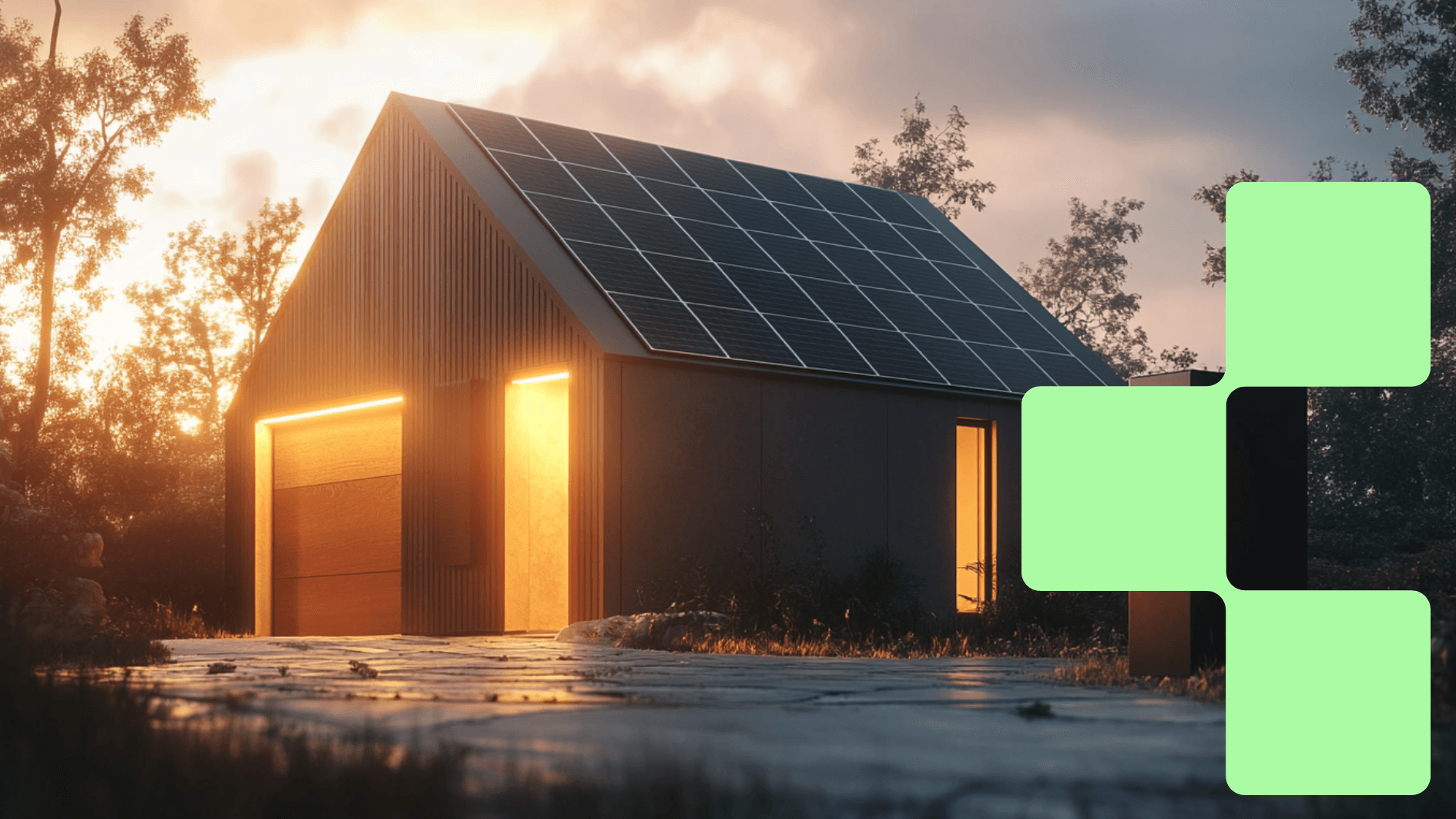Home batteries drive Dutch energy storage installations
2023 saw a 260% increase in installed battery storage capacity in the Netherlands. We dig into the numbers in this new episode of Behind the Figures.
Published on October 11, 2024

Mauro swapped Sardinia for Eindhoven and has been an IO+ editor for 3 years. As a GREEN+ expert, he covers the energy transition with data-driven stories.
Dutch home battery purchases keep driving battery storage installations. According to Dutch New Energy Research’s Trendrapport410 MWh of new battery capacity was installed in the Netherlands in 2023 – 1 MWh is enough to power a couple hundred homes for a day. This figure marks a 260% year-on-year growth in the total connected capacity, which at the end of last year totaled 621 MWh. Nearly all batteries installed are for home use.

About Behind the Figures
In Behind the Figures, we examine one figure in every episode. Using charts and graphs, we break down the figures and provide context to help you make more sense of them.
Electricity production is shifting in the Netherlands. Figures by (NED) show a consistent increase in renewable electricity generation. Numbers for 2024 already show a record solar production of over 22 GWh. In the first half of 2024, renewables accounted for 53% of the electricity generated in the Netherlands. While the best months for solar generation are behind us, inshore and offshore wind energy generation will also likely break production records.
However, such growth is only partially exploited. As the hours with negative electricity prices become more frequent, windmills and solar panels are often turned off. For instance, 11% of Dutch green power was ‘lost’ in July. Therefore, production needs to be coupled with energy storage to maximize renewables' potential, particularly to enhance flexibility. Furthermore, a recently published report by energy think tank Ember notes how solar production in the country alone exceeded electricity demand in several moments last summer—and in summer 2023. Batteries are coming to the rescue.
The rise of home batteries
The highlights that over half of the capacity installed in 2023 (214 MWh) belongs to utility-scale projects with a capacity greater than 1 MWh. While lengthy authorization processes are limiting the deployment of battery energy storage installations (BESS), the lion’s share of purchased battery systems is in the residential sector. In fact, the paper shows that 98% of the Dutch installations are small ones (less than 20 kWh).
56% of the total number of batteries purchased in the Netherlands last year (13,600 of 24,400) were small home batteries—less than 5 kWh—followed by bigger home batteries, with up to 20 kWh capacity. With battery sales ramping up worldwide, the Netherlands, too, will add more storage. Given the abolishment of the net metering scheme for solar panels in 2027, the trend is likely to continue, with more home batteries to be installed to stash solar energy.
Besides, the report forecasts a total capacity of about 10,1 GWh by 2026, including commercial, residential, and utility installations. Remarkably, 5,2 GWh of these should be installed in the residential sector. Grid operator Tennet earlier stated that at least 9 GWh of BESSs are needed by 2030 to guarantee stable and uninterrupted grid operations.
What about Europe?
The Ember report highlights how crucial storage can be to achieving Europe’s green transition goals. The message is clear: production must match h energy storage to maximize renewables' potential, particularly to enhance flexibility.
According to their analysis, by 2030, EU countries can save €9 billion in gas purchase costs yearly by upscaling their battery storage. Germany could have saved €2.5 million in fuel costs in June alone with 2GW of additional battery storage. Renewable energy capacity has been rapidly ramping up in Europe, and BESS installations are also increasing. Data by Solar Power Europe shows impressive growth in 2022 and 2023—in both years, capacity almost doubled compared to the previous year. At the end of last year, 35.9 GWh of total capacity had been installed. The same paper ranks the top five countries per installation in 2023, with Germany leading the pack, deploying over a third of the newly added capacity.
The latest figures show how only 1.7% of the European battery storage is installed in the Netherlands. With the average battery storage capacity per capita in Europe being 48.4 Wh, the Netherlands is below the average with 34.9 Wh per person.
More batteries
The Dutch New Energy Research report underlines that lithium-ion is the most purchased battery technology—99.9% of the units sold. This is true for the commercial and residential sectors, while utility-scale projects use other chemistries, such as vanadium redox and absorbent glass mat lead acid.
“As solar continues to soar, batteries will help ensure abundant power can be used at all hours. While the EU’s renewables scale-up has been rapid and ambitious, the same focus on clean flexibility is still lacking. This needs to be addressed quickly so that consumers and businesses can feel the benefits of reducing fossil dependence,” noted Ember’s senior energy and climate analyst, Beatrice Petrovich.
